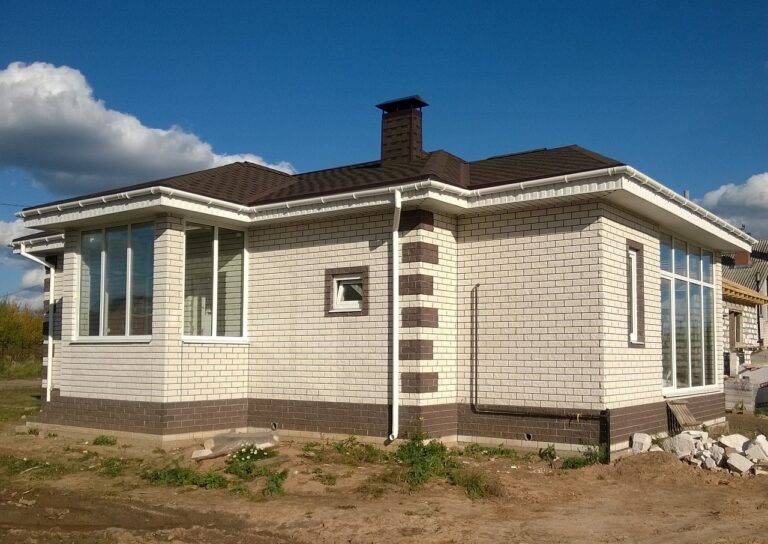The Role of Insulation in Roofing for Energy Efficiency
Having proper roof insulation is crucial for maintaining a comfortable indoor environment and ensuring energy efficiency. Insulation helps regulate the temperature inside the building by preventing heat loss during cold weather and heat gain during hot weather. This not only creates a more comfortable living or working space but also reduces the strain on heating and cooling systems, leading to lower energy consumption and costs.
Additionally, proper roof insulation can help extend the lifespan of the roofing materials by reducing the temperature fluctuations that can cause expansion and contraction. By providing a barrier against external temperature changes, insulation minimizes the stress on the roof structure, which can help prevent issues such as cracks, leaks, and premature deterioration. This not only saves money on repairs and replacements but also contributes to the overall sustainability and longevity of the building.
Types of Insulation Materials for Roofing
Insulation materials for roofing come in a variety of options to suit different needs and preferences. One common material used is fiberglass, which is lightweight, cost-effective, and provides good thermal insulation. Another popular choice is cellulose insulation, made from recycled paper products and treated with fire retardants to enhance safety.
Foam insulation is also widely used for roofing, offering excellent thermal performance and moisture resistance. Reflective insulation, typically made of aluminum foil, is ideal for reducing radiant heat transfer in hot climates. Each type of insulation material has its own unique properties and benefits, allowing homeowners to choose the most suitable option for their roofing needs.
– Fiberglass insulation: lightweight, cost-effective, good thermal insulation
– Cellulose insulation: made from recycled paper products, treated with fire retardants for safety
– Foam insulation: excellent thermal performance, moisture resistance
– Reflective insulation: made of aluminum foil, reduces radiant heat transfer in hot climates
How Insulation Helps Reduce Energy Costs
Insulation plays a crucial role in reducing energy costs for homeowners. By properly insulating the roof, heat loss during the cold months is prevented, which means less reliance on heating systems to maintain indoor warmth. Similarly, in the hot summer months, insulation helps in blocking the outdoor heat from penetrating the interiors, reducing the workload on air conditioning units.
A well-insulated roof acts as a barrier against temperature fluctuations, ensuring that the desired indoor temperature is maintained without the need for excessive heating or cooling. This not only leads to energy savings but also contributes to a more sustainable and environmentally friendly way of living. With reduced energy consumption, homeowners can enjoy lower utility bills while also minimizing their carbon footprint on the planet.
What are the benefits of proper roof insulation?
Proper roof insulation can help regulate the temperature inside your home, reduce energy costs, improve indoor comfort, and increase the lifespan of your roof.
What are some common types of insulation materials used for roofing?
Common types of insulation materials for roofing include fiberglass, cellulose, spray foam, and rigid foam. Each material has its own advantages and is suitable for different types of roofs.
How does insulation help reduce energy costs?
Insulation acts as a barrier to heat transfer, preventing the loss of heat in the winter and the entry of heat in the summer. This means your HVAC system doesn’t have to work as hard to maintain a comfortable temperature, leading to lower energy bills.







